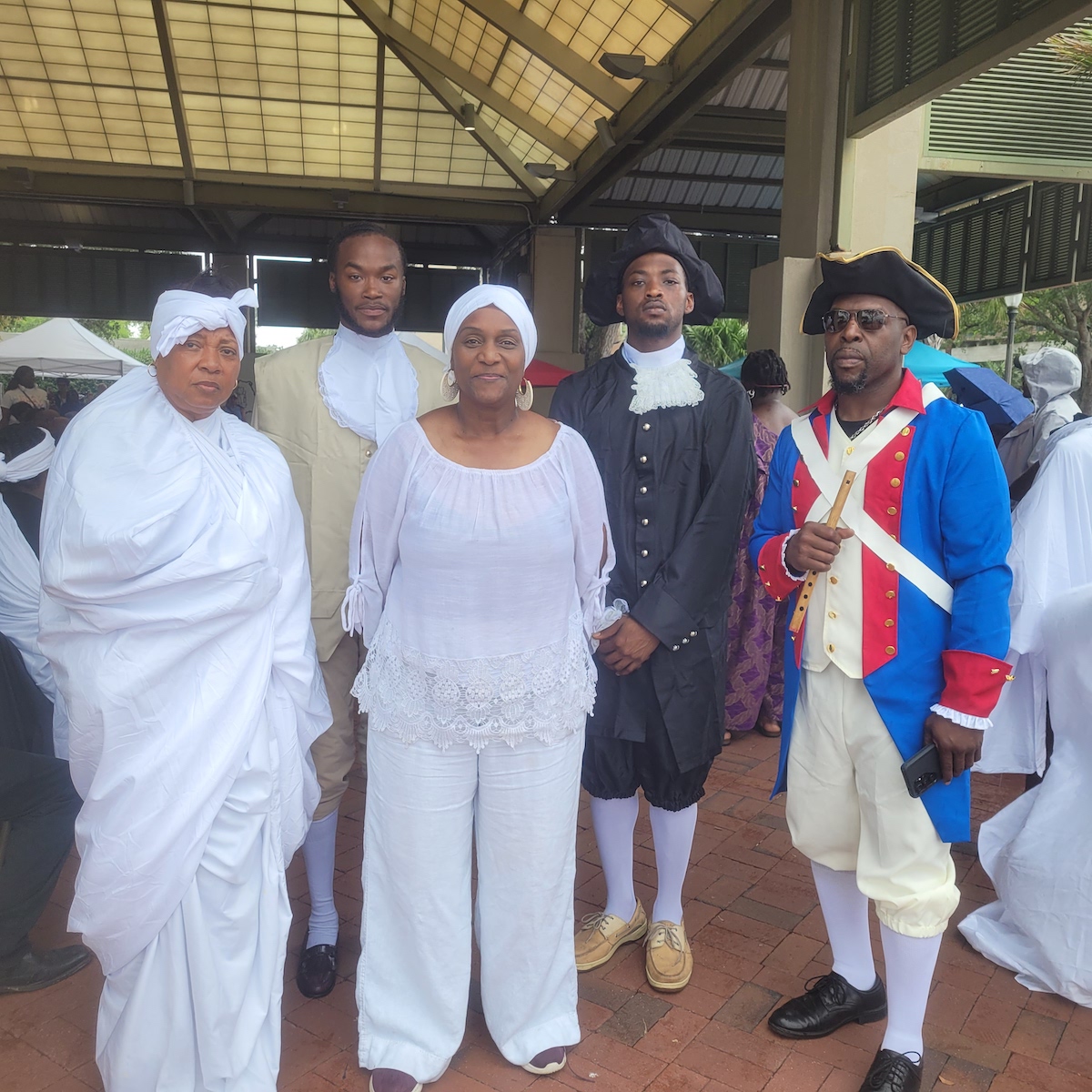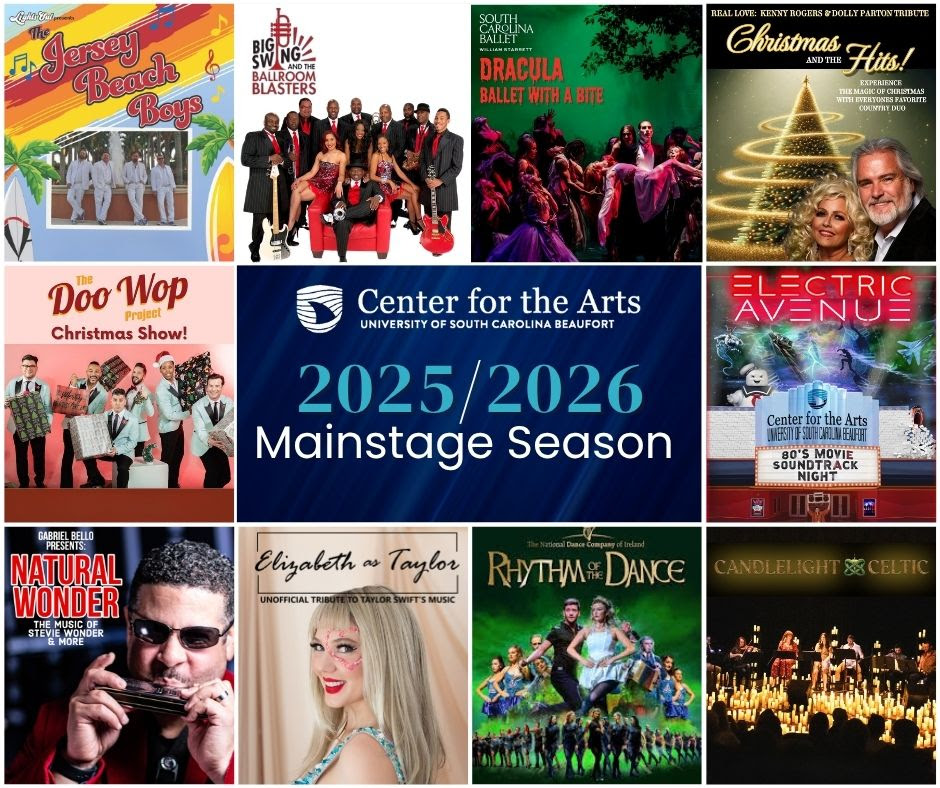By Becky Sprecher
The Metropolitan Opera will broadcast its new production of Rigoletto by Giuseppe Verdi on Saturday, Jan. 29th at the USC Beaufort’s Center for the Arts at 801 Carteret. Curtain is at 1 p.m.
Regarded as one of the masters of the art form, Verdi composed an astounding 26 operas, half of which are still in performed in houses all over the world today. Not only was he a great dramatist he was also a highly respected interpreter of Italy’s cultural and political development.
“It is indisputable,” wrote George Martin in his book, The Opera Companion, “that no musician in the last 400 years writing in any form — operatic, symphonic or other — has communicated so directly to so many persons for so many years.”
And for Verdi, opera was for everybody, not just an “interesting but irrelevant aberration of the rich and idle,” said Martin.
The story is based on Victor Hugo’s widely-banned Le Roi S’amuse, “a blatant depiction of depraved authority” and “biting criticism of the ruling class,” according to the Met’s notes. Verdi’s adaption of the opera premiered in 1851 at Teatro la Fenice in Venice, but as with most masterworks, its themes are still relevant today.
At a party in the Ducal Palace in Act I, the Duke is unabashedly trying to seduce the ladies while the guests gossip that his hunchbacked court jester, Rigoletto, has a mistress. The elderly Count Monterone angrily confronts the Duke about seducing his daughter. Rigoletto ridicules him with merciless cruelty, prompting the Count to curse him. Monterone is promptly arrested.
Rigoletto hurries home where we meet his daughter Gilda, the light of Rigoletto’s life. He is determined not only to shield her from the corrupt life at the palace but protect her from Monterone’s curse as well. Unfortunately the Duke already has his claws in the girl, impersonating a poor student who sat near her in church. After Rigoletto leaves, he sneaks in to see her. A group of courtiers, thinking the rumor about Rigoletto having a mistress is true, decide to abduct her and expose the affair.
In Act II, the Duke pretends to be upset about Gilda’s abduction, but is delighted when his courtiers inform him of the mistake. He swiftly disappears to make the conquest. When Rigoletto enters the palace looking for Gilda, the courtiers are astounded to learn that she is his daughter and not his mistress. She appears and runs in shame to her father. As Count Monterone passes by on the way to his execution, Rigoletto swears that they both will be avenged for the Duke’s misdeeds. In the manner of abused women, Gilda begs Rigoletto to forgive the Duke.
Act III brings disaster, with the Duke parading around singing about the fickleness of women as he attempts to seduce a young lady named Maddalena. From their location outside, Rigoletto and Gilda watch what is going on through a window. Rigoletto dresses Gilda as a boy to get her out of town to safety then hires a killer, Sparafucile, to murder the Duke. Through a ghastly series of misadventures, Gilda is the one who winds up being killed and dies in Rigoletto’s arms.
Here’s what to look for in this production:
The Set
Tony Award-winning director Bartlett Sher has moved the action to the 1920s Weimar period in Germany, evoking a pre-fascist era of unbridled cruelty and extravagance that has strong parallels to Italy in the day of the Duke of Mantua. Sher was interested in “how a corrupt leadership infects a culture, infects how wealth and privilege dominate and squish people below it,” according to an interview with the New York Times.
While to some it may seem like a stretch to have the Ducal Palace of Mantua in Germany, there are few specific references. “It’s more of a context than a concept,” says Sher. Settings will change rapidly, rotating to seamlessly shift between scenes.
The Singers
Indulge me for a minute here. The Hawaii-born and raised baritone, Quinn Kelsey, is singing Rigoletto. When my husband and I lived in Honolulu, we heard Quinn sing several times as a young college student. A big guy with a big voice, it was clear that he was going to mature into a great singer. While he’s been around at the Met for quite some time, this is his big moment, and we send him lots of Aloha and Ho’omaika’i.
Singing the role of Rigoletto’s daughter, Gilda, is soprano Rosa Feola. She and Kelsey are great friends and have sung these roles together quite a few times in the past, so expect synergy between the two.
The Music
The beauty of the music in Rigoletto makes this tragedy all the more compelling and powerful. Look for the Duke of Mantua (Piotr Beczala) to sing one of the most popular arias of all time in Act III, La dona èt mobile. (You’ve heard it even though you may not know it.)
And it will be really interesting to see how they present the famous quartet also in Act III, Bella figlia dell’amore. Four characters in two locations sing of diverging feelings and reactions, all at the same time. Unlike other art forms, only opera can communicate in this way and Verdi was a master at it.
There will be plenty to discuss at your post-opera dinner, too. Did the new staging work? What about presenting it in the Weimar era? It would be interesting to ponder what would have happened if Rigoletto had a Twitter account, or the Duke of Mantua had been familiar with the “Me, Too” movement. It might take you more than one bottle of wine, so you might consider dining at home.
Estimated run time is 2 hrs and 40 minutes, with a 30-minute intermission between the first and last two acts. Sung in Italian with Met Titles in English. For a full synopsis and production details, visit metopera.org, click Menu/Season/In Cinemas. To book tickets, visit uscbcenterforthearts.com, click Met, Movies and More. Tickets are $22, $20 for OLLI members







